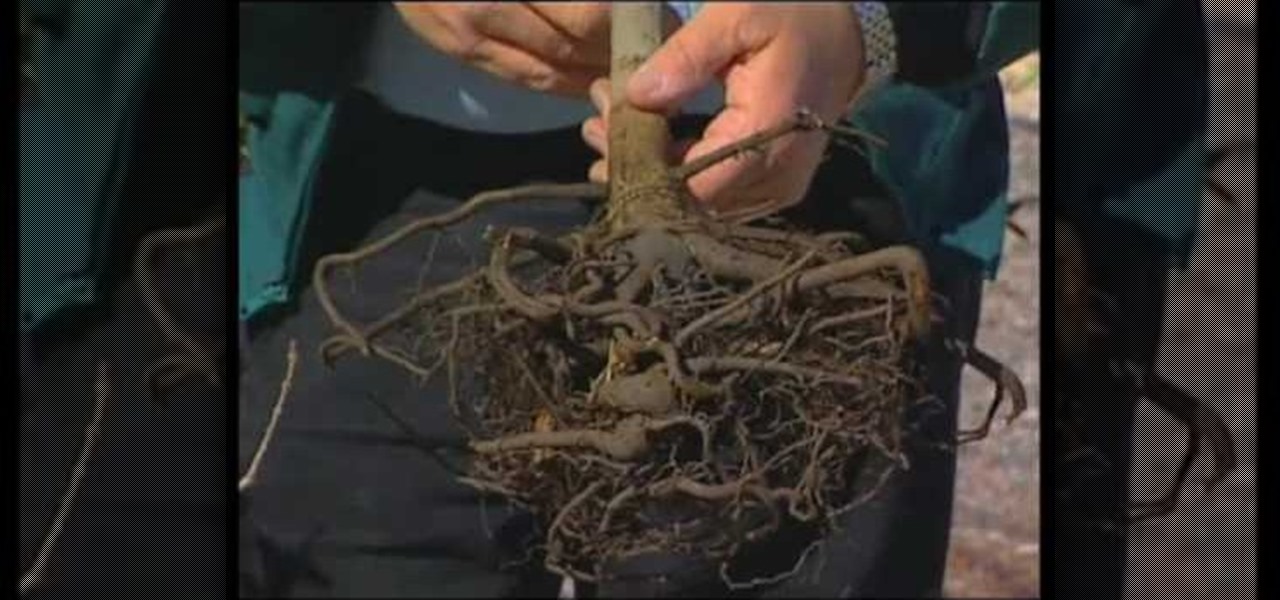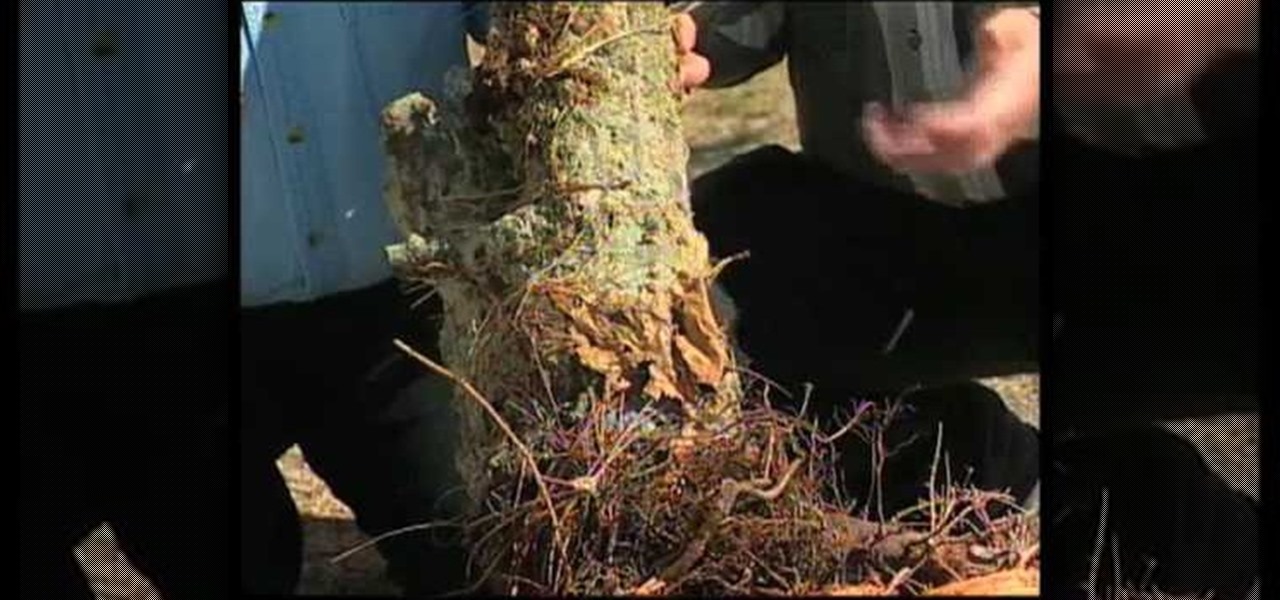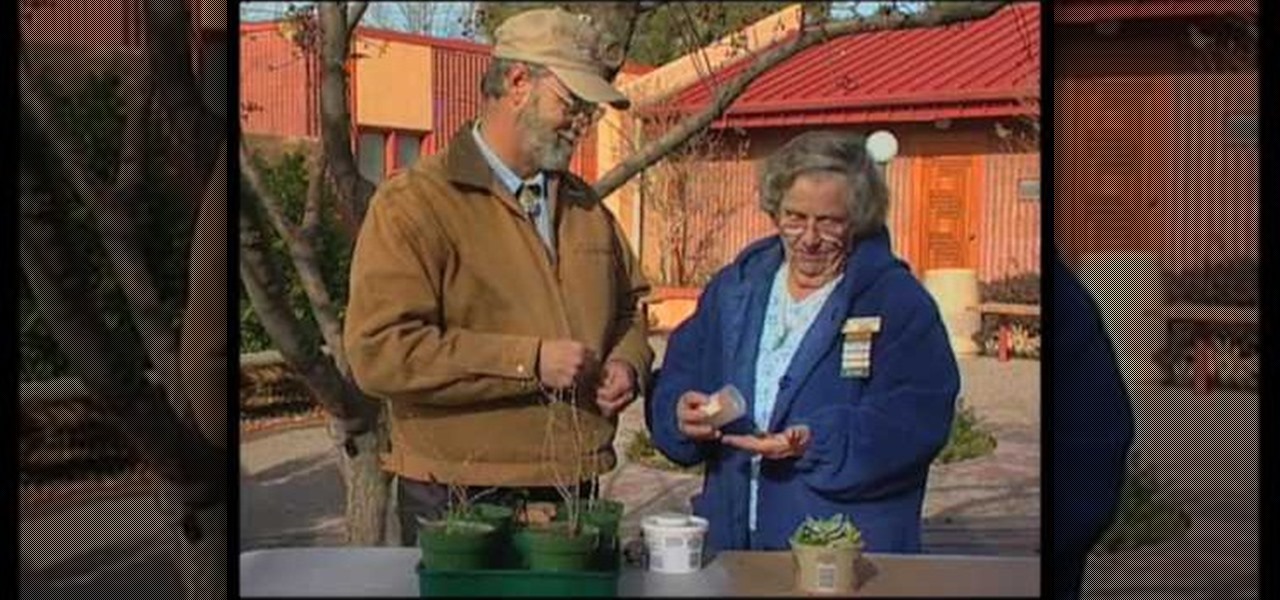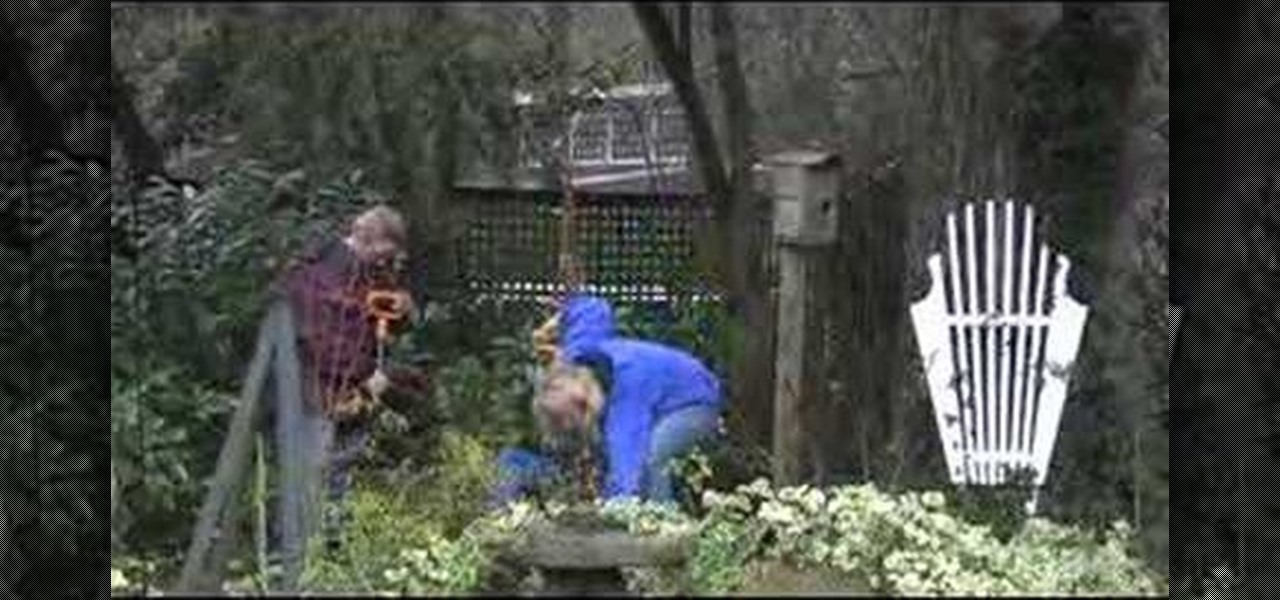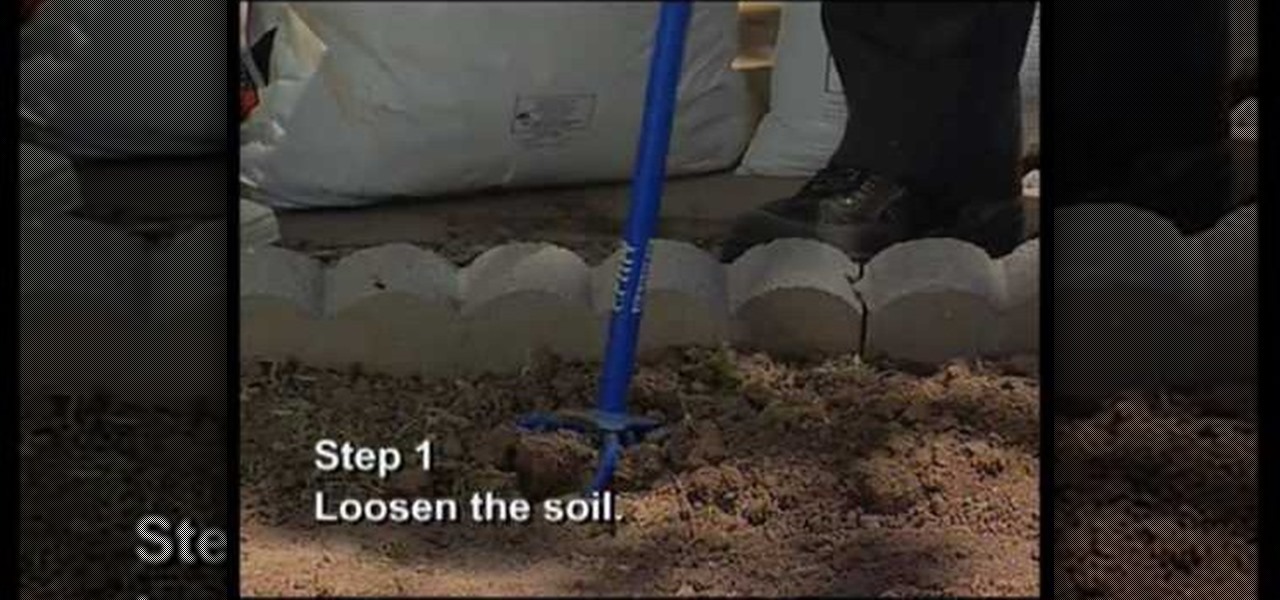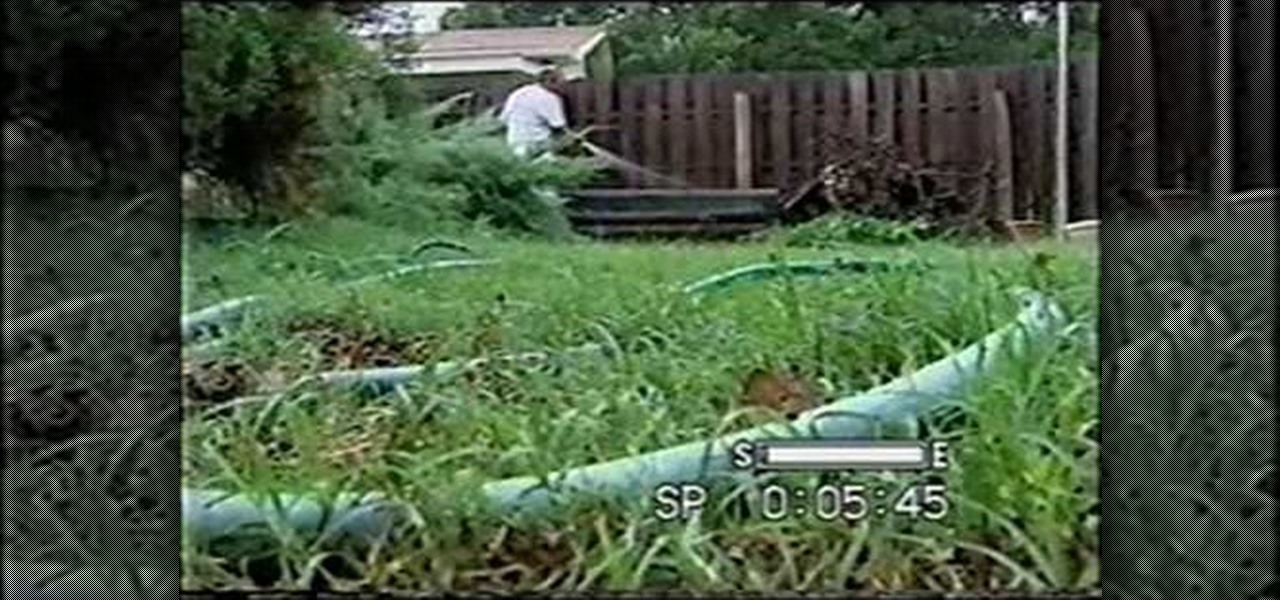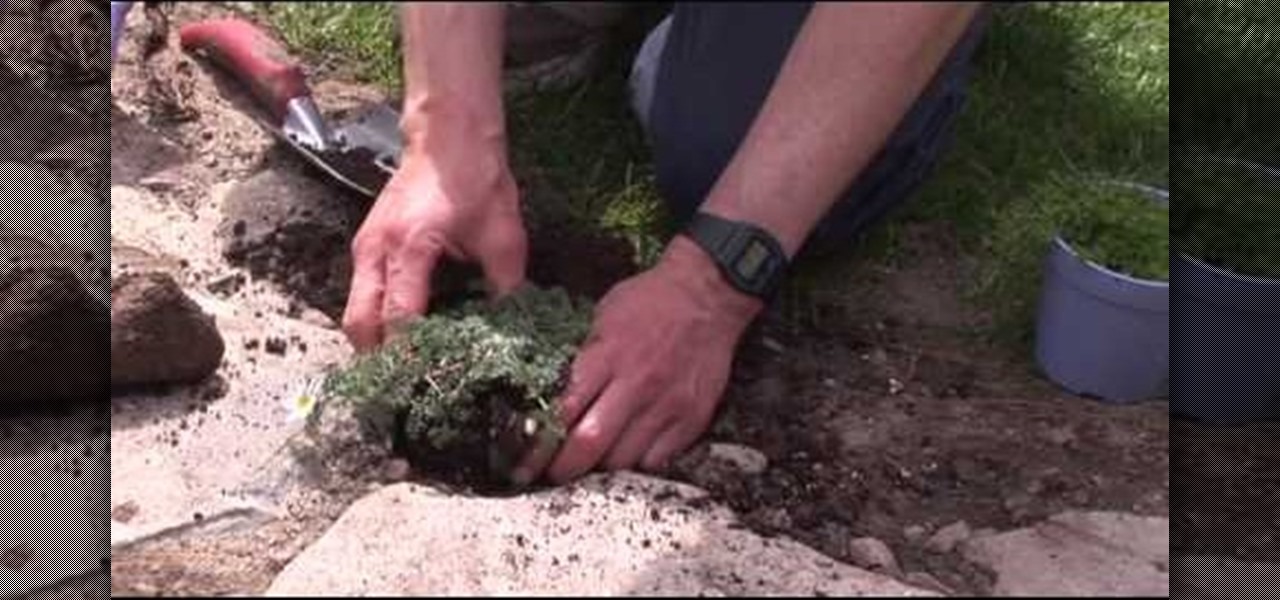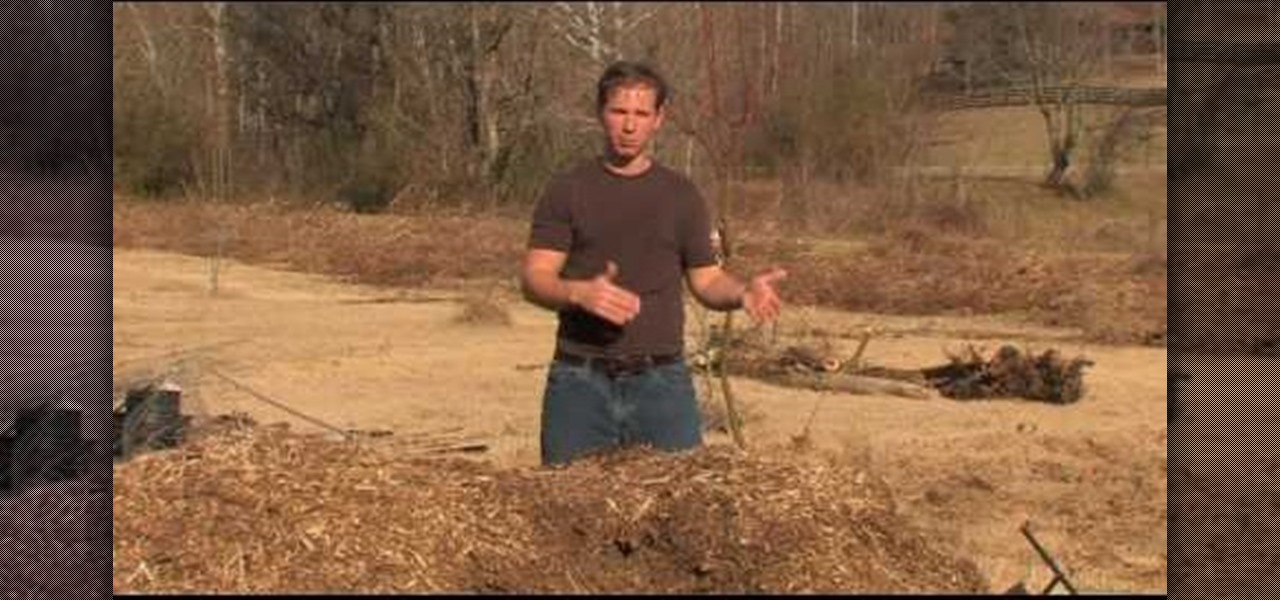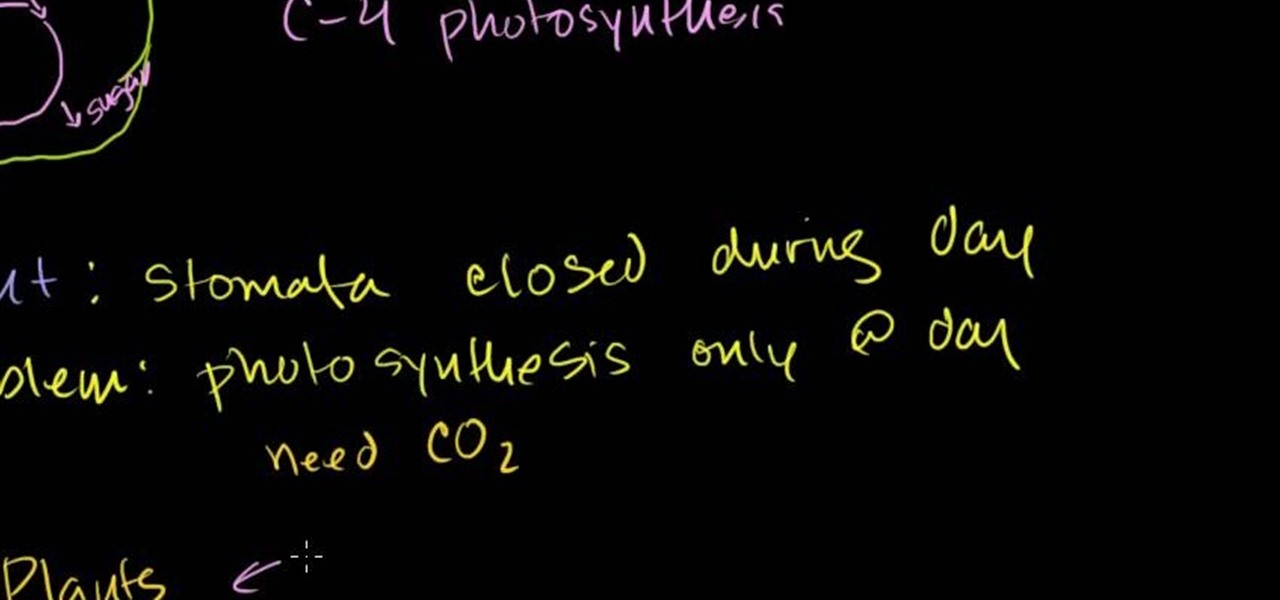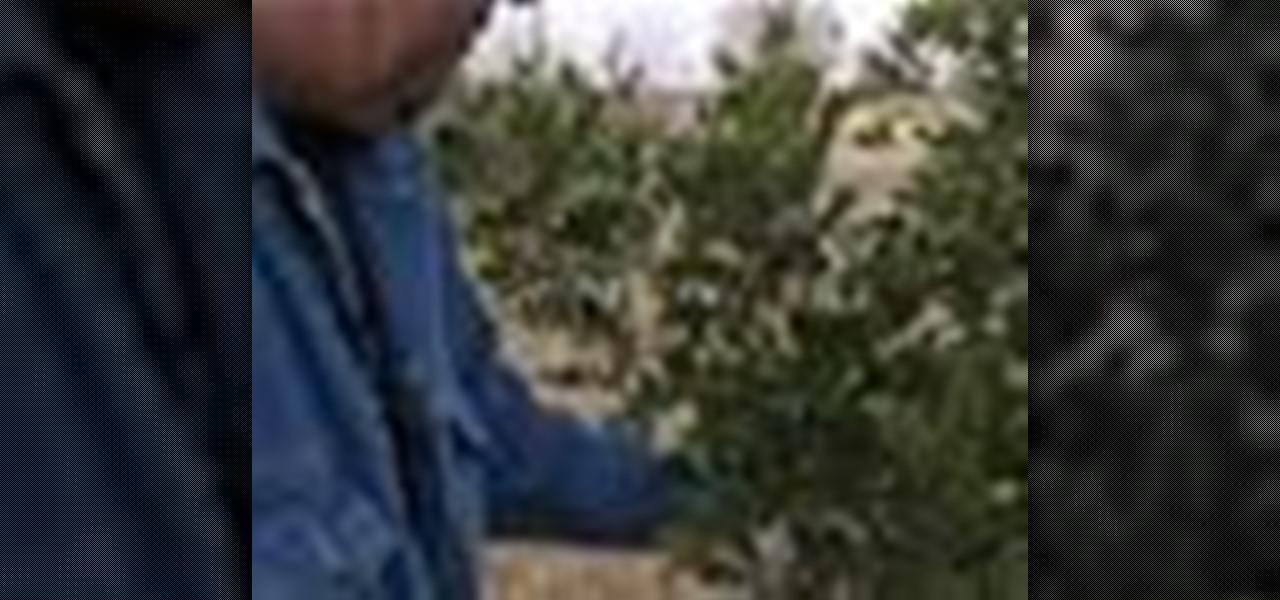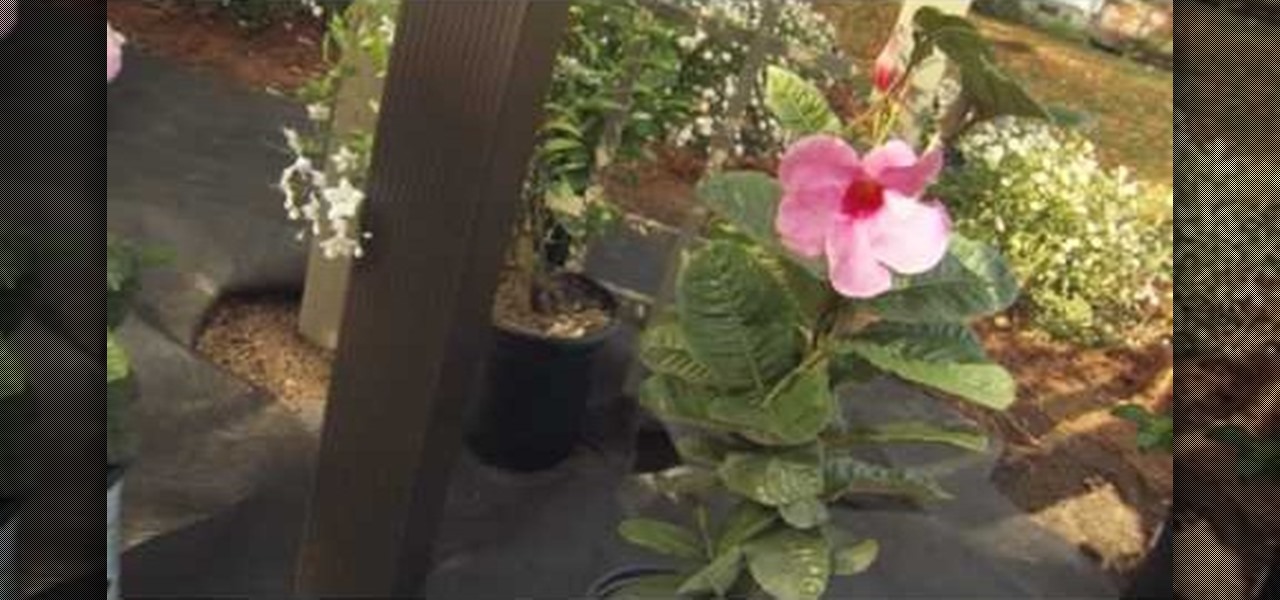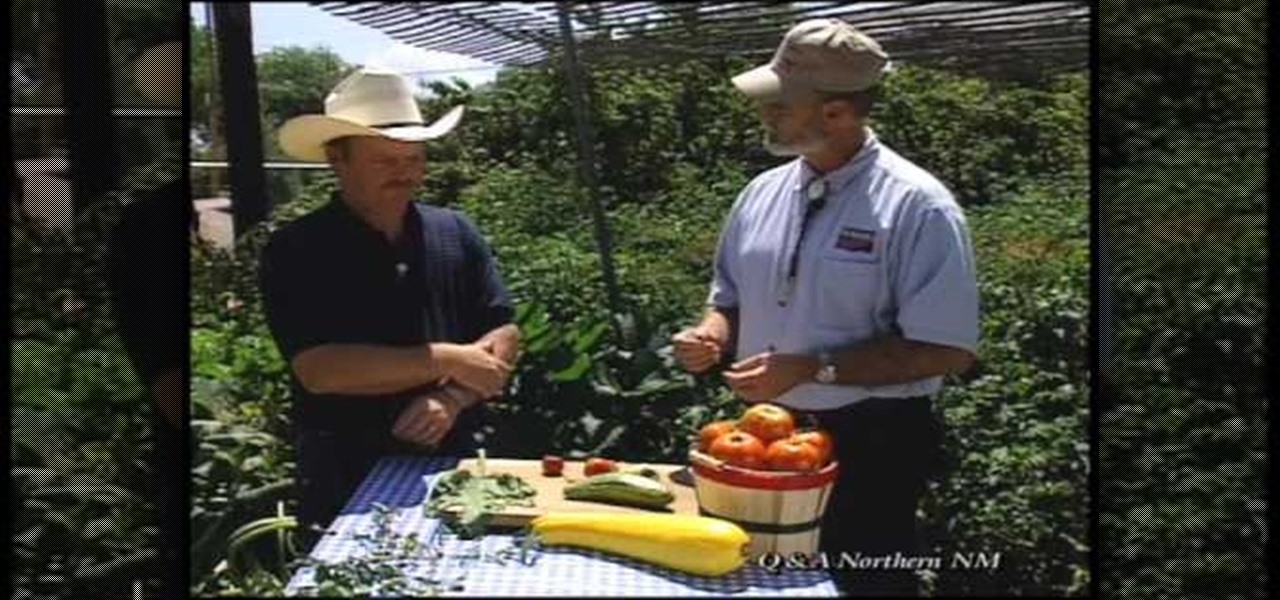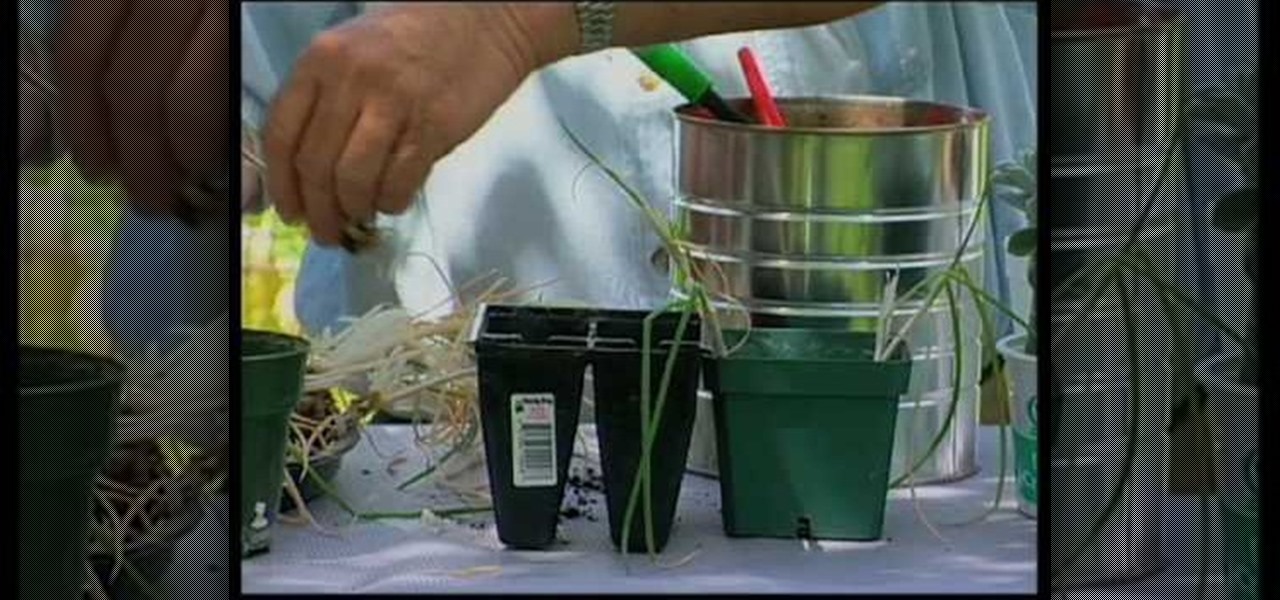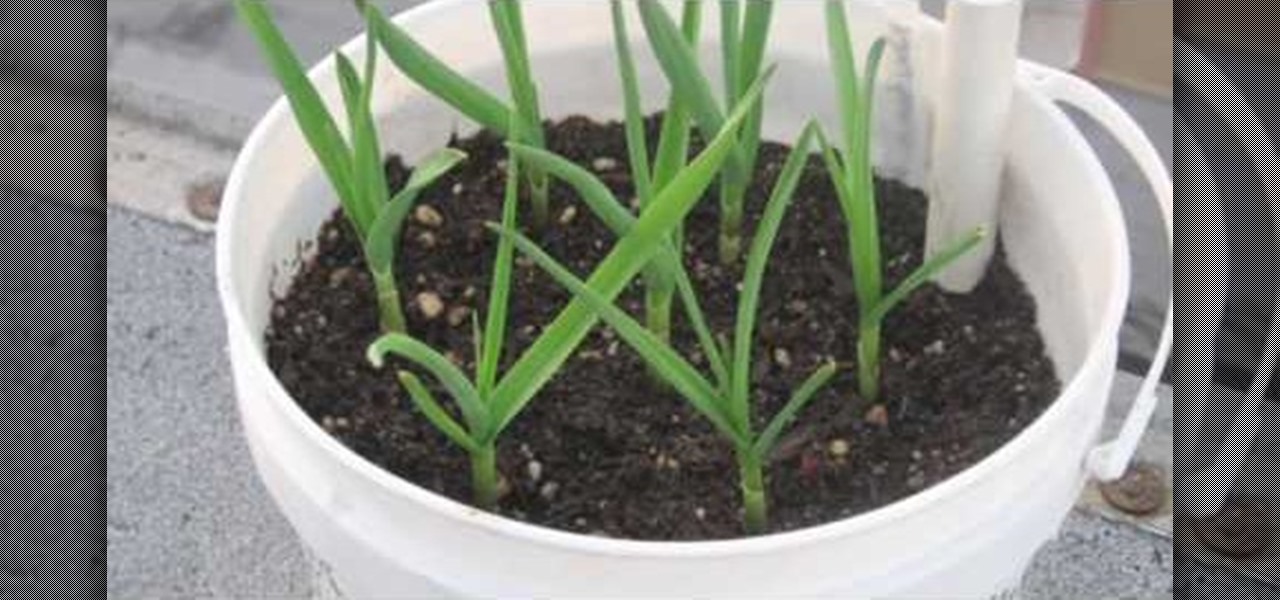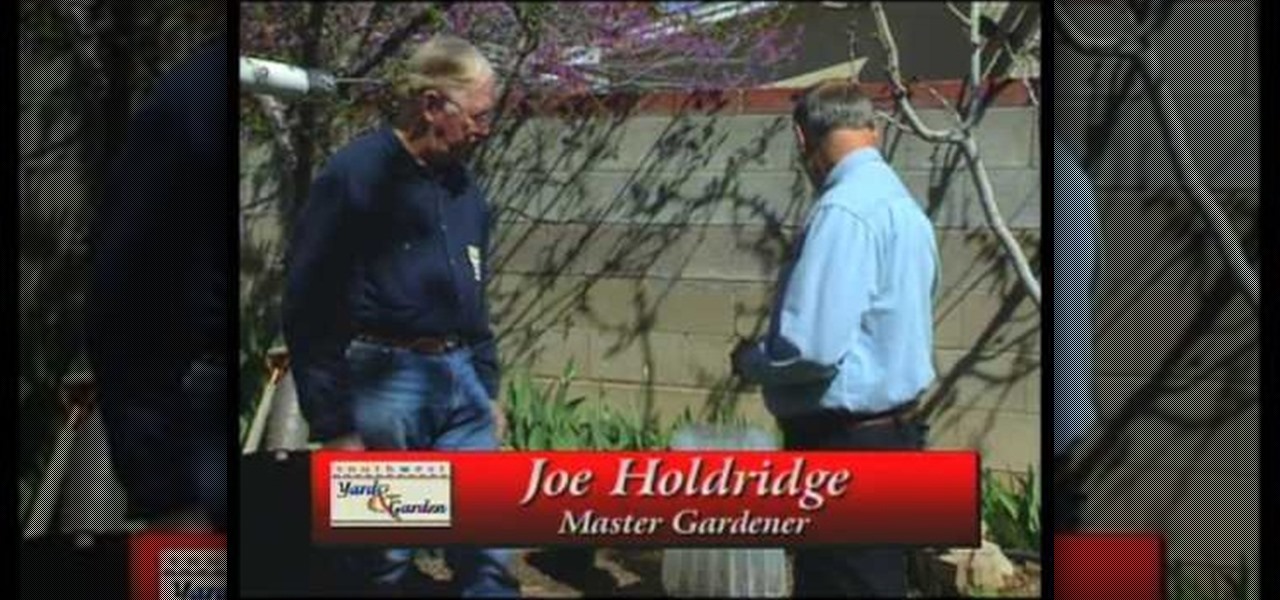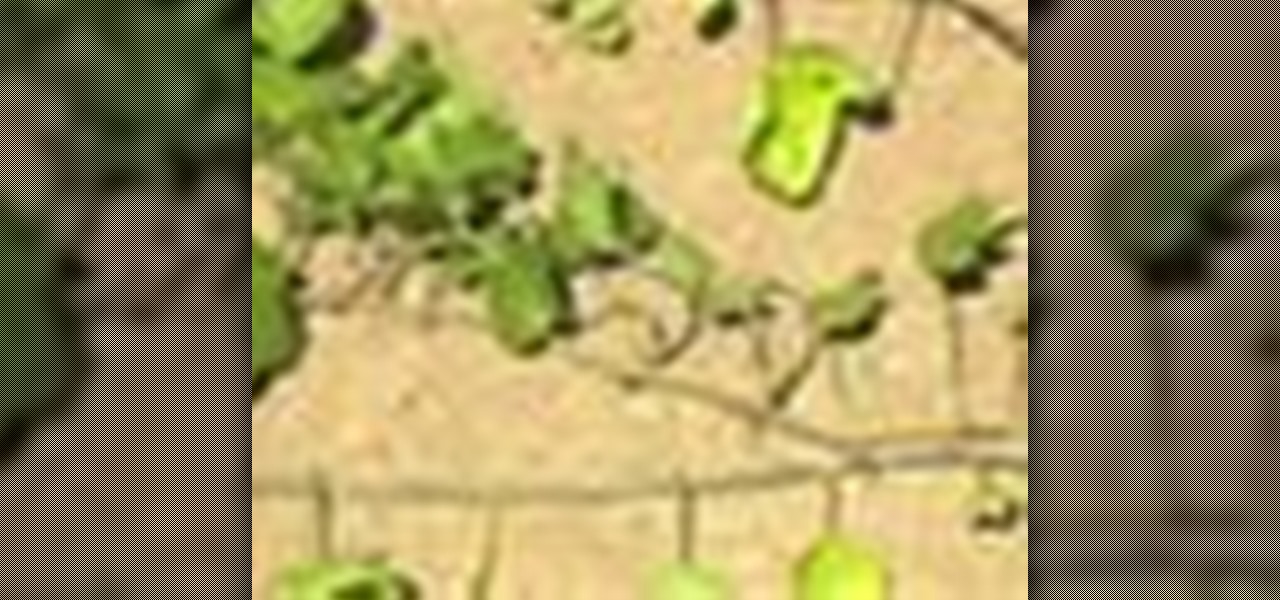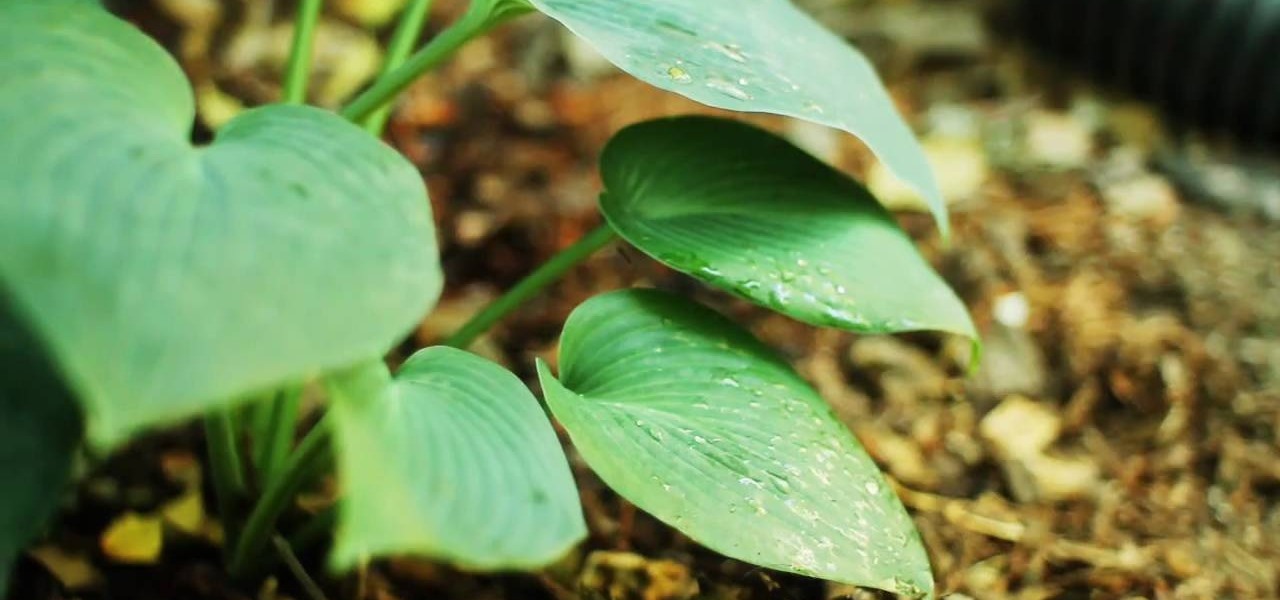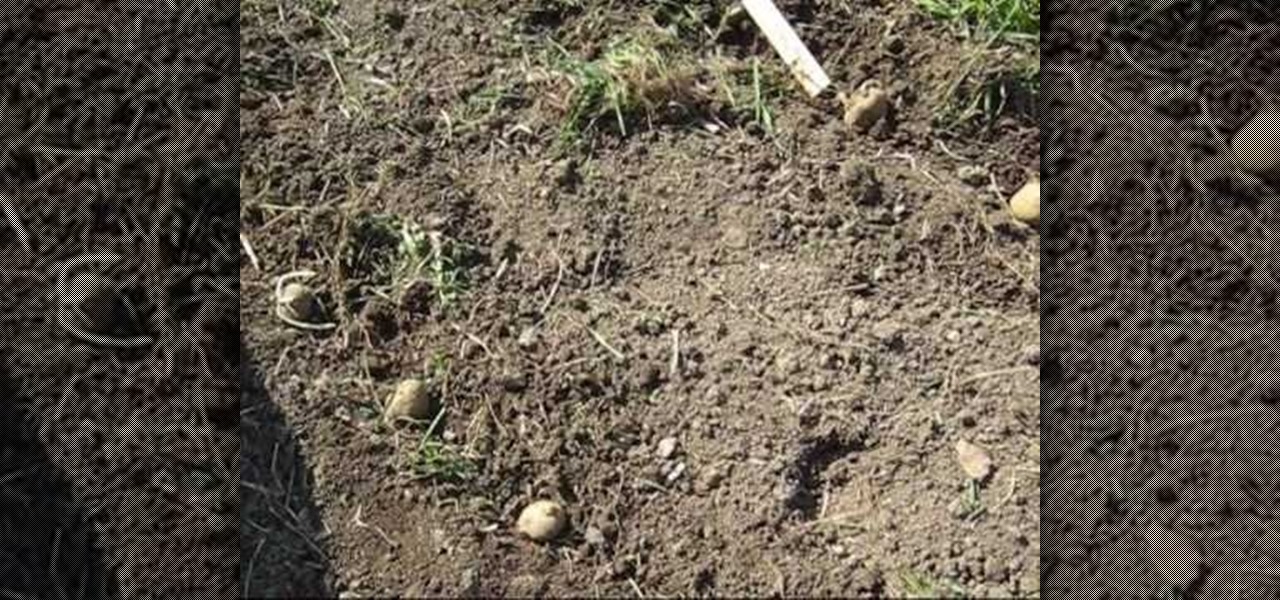
Chrysanthemums are a beautiful flower to have in your garden for color and for picking to take into the house. There are two very important factors with planting mums. One is that you must have the right kind of chrysanthemum and two you must plant it at the proper time. There are two types of mum plants. One is the garden center plant and the other is the mail order plant. Scott, on the video, recommends the mail order plant. The garden center plant will only last one season where the mail o...
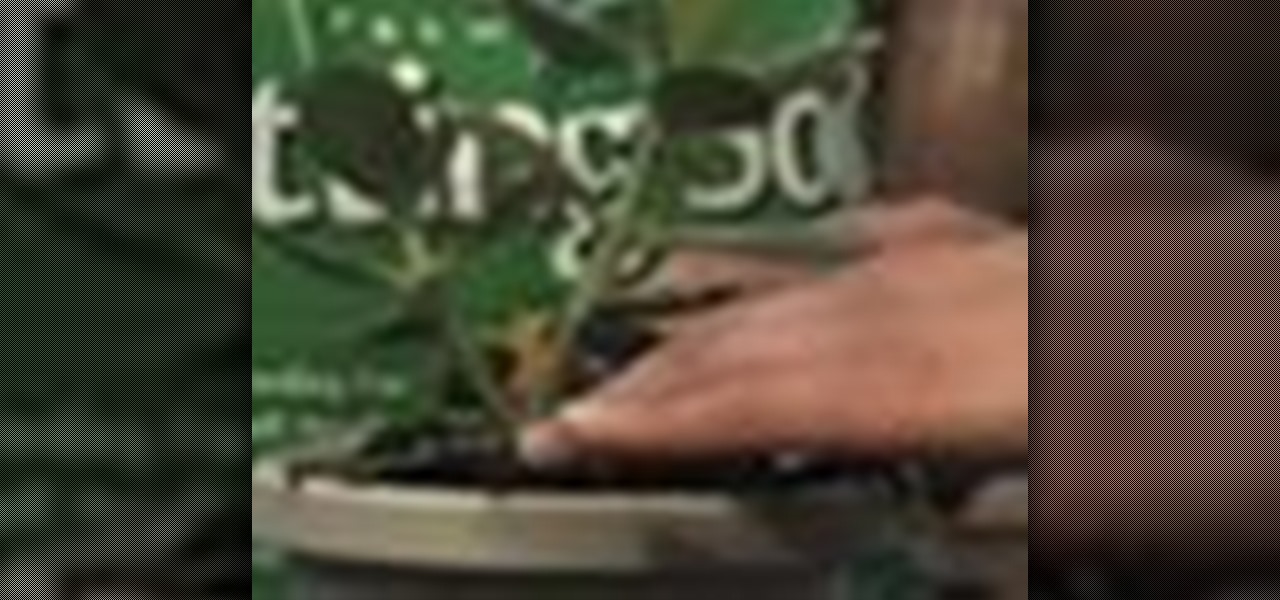
Repotting a plant is a simple task when you know all the right steps. Whenever a plant outgrows its container, it should be replanted in a new pot.
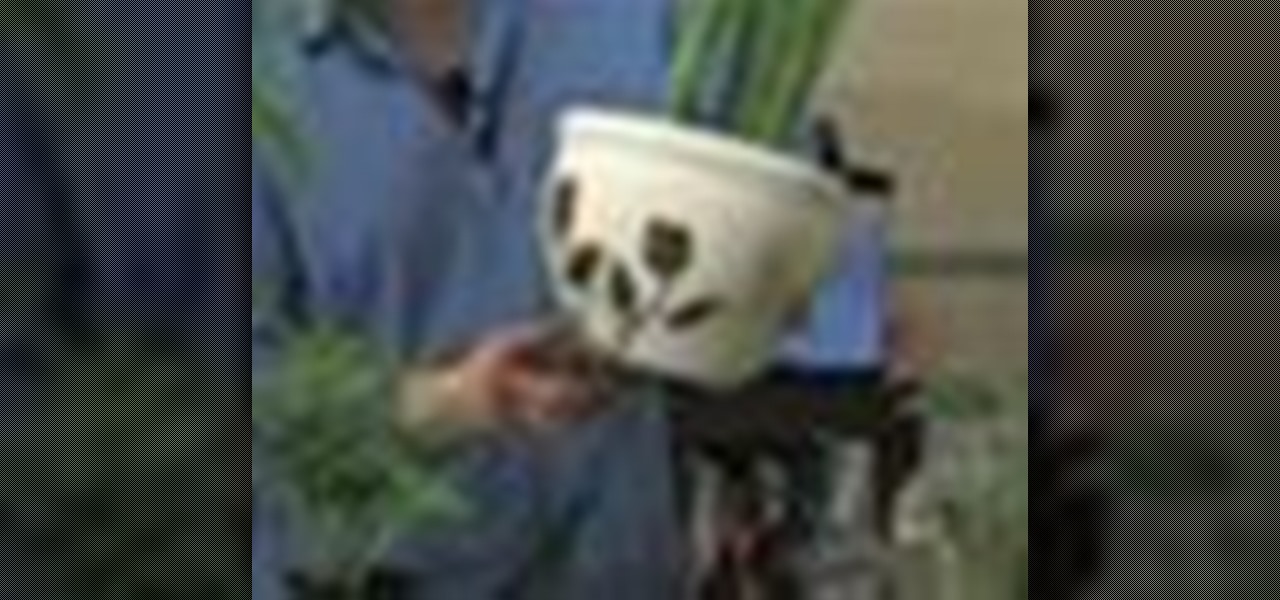
How to care for house plants; get professional tips and advice from an expert on caring for indoor plants and flowers in this free gardening video series.

This video series with Jose Zuniga as your Snapdragon guide, covers all aspects of planting, growing and caring for Snapdragons. He discusses both keeping them in tubs and as well as in your yard or garden. The series is broken into 12 video parts that will play sequentially.
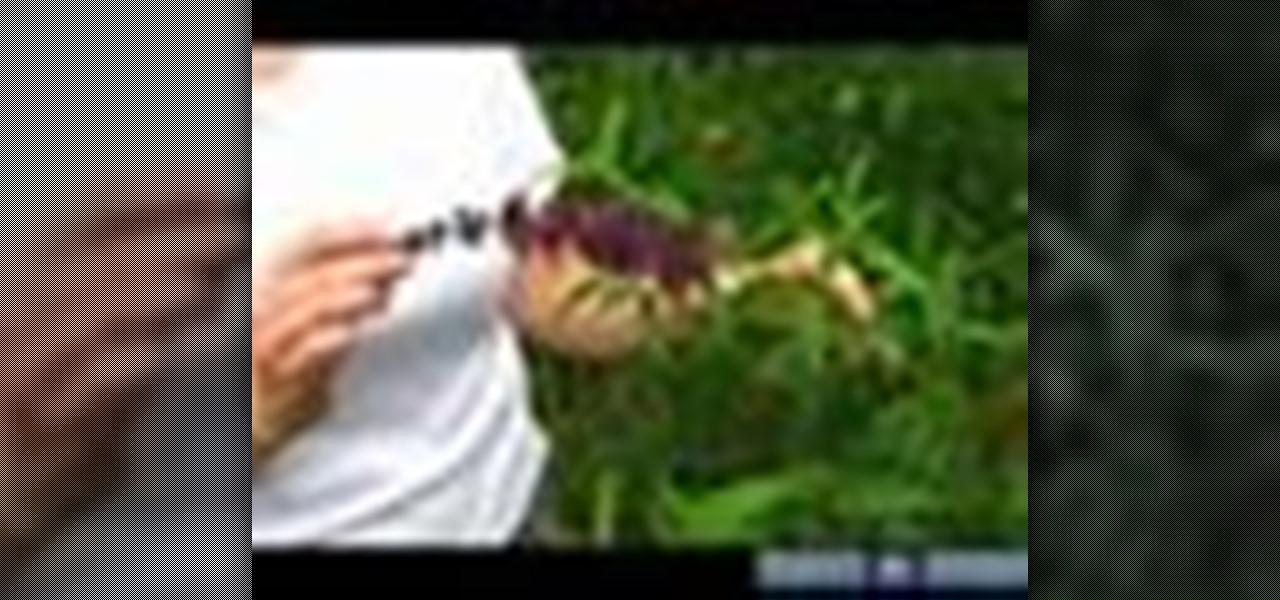
Our greenthumb expert Martha Cycz introduces you to whole new circle of friends, ones with exotic titles like Bretisia, Echinacea and Dicentia. But don't let the sophisticated names fool you: these are very approachable plants, ones which will return your affection year around. And just might summon a butterfly or two when they're feeling just right. Martha will tell you how to plant and care for these perennials so that you may develop rewarding relationships with all of them.
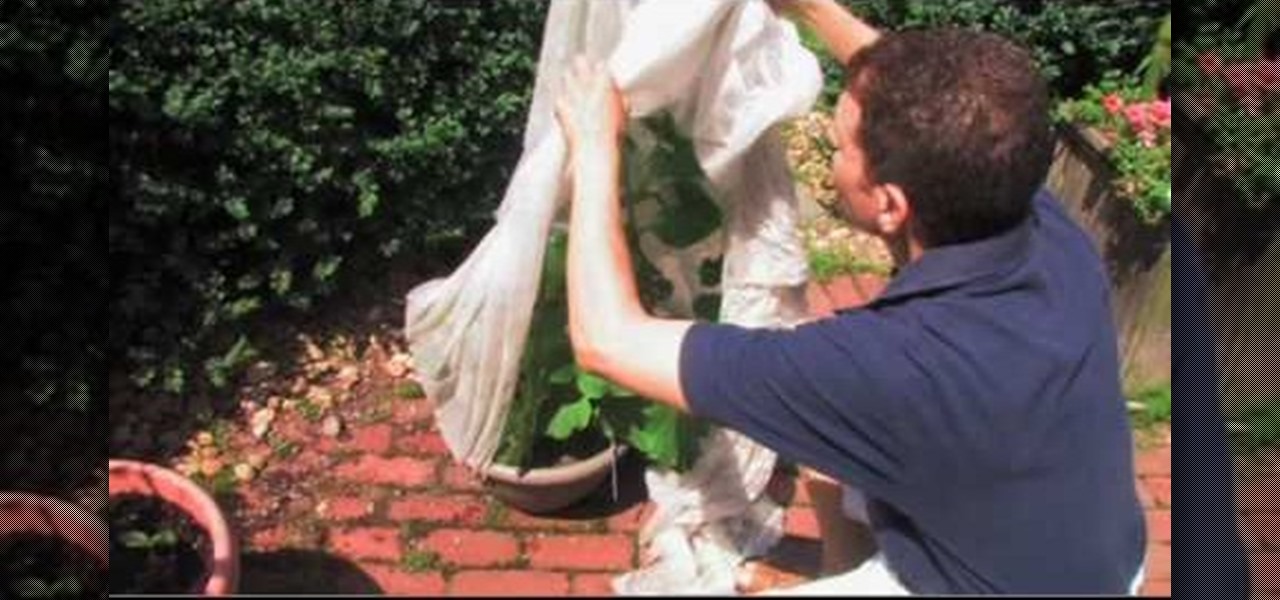
When you're starting a garden, you need to be wary of what kind of dangers may be waiting for your plants. If you're growing veggies, this is especially important since certain things can kill them fairly quickly.

The problems with container plant roots. when purchasing a container plant be sure to check the root system. Wholesale plant sellers tend to leave the plants in small pots for to long. This can lead to problems with the root system. What you have to look for is to make sure the roots are not coming back up and around the base of the plant thereby choking it. When you are replanting be sure to make the hole in the ground 1and 1/2 to 2 times up to 5 times the size of the root ball. This is how ...

In this how-to video, you will learn how to divide and re-plant irises in your garden. First, dig out the iris. Clean out the old, dead leaves and take the dirt off. Trim the leaves off as well. Break off the pieces, as these can become a new plant to grow. Several pieces can be broken off, allowing you to grow even more irises. Discard the part that is left over. You can save the pieces for a little while, but it is better to plant them soon. Irises do not require a rich soil to grow, so kee...

First of all you have to check the root which has started circling. Then notice that there is a dark portion at the bottom of the trunk. You can prevent this problem by avoiding to plant too deeply and not to leave in the pot for too long. You have to plant it at the right depth. Now check the roots of the bigger tree that has died. You shall notice that the roots have started circling around a part and then they stop the circulation to the top of the tree and then the tree dies because it wa...

This is a great way to learn how to upgrade your small house plants into bigger ones. Start over plants once a year. Put rocks on the bottom for drainage. Bugs help your plants to grow. Do not use Pesticides on your house plants. Water weekly. Compost bins make great soil. Sweet potatoes that have roots growing off of them put in a glass of water and wait for them to grow roots. Give you plants at least six hours of sunlight daily. They also like when you talk to them and touch them you can c...

When there isn't space in a garden for favorite plants, they can be planted in containers and placed on a patio or deck. This how-to clip provides instructions for how to plant a beautiful and functional container garden.

Beautify your surroundings and offset global carbon emissions by planting a tree. Oregonian writers Kym Pokorny and Anne Jaeger demonstrate best practices for tree planting as they plant a dogwood in this brief tutorial.

While the consensus among some in the augmented reality community is that the Microsoft HoloLens is the best device available at present, it also remains the most cost-prohibitive option, with the development edition costing $3,000.

How to prepare soil for a wildflower garden

In this video, Ruth Greenhouse teaches us how to process native plants for eating. The Mesquite desert plant is a great fuel as well as good for beans in the summer months. One way to use the beans is to pick the dry beans when they are ripe (they will be tan) and you can grind the pod into a fine powder, which will make a flour that is healthy. You can mix this flour with water and it can be a healthy beverage. It can also be added to cookies and breads to make them sweeter. Another plant is...

Southwest Yard and Garden shows viewers how to prepare the soil in order to plant Irises. You can see if your oil needs to be prepared because it would look like it need nutrients. Irises deplete the oil they are in so you need to restore their nutrients to the soil. First, you should get your soil tested to see what nutrient should be added to the soil. First loosen the soil. Next, add in the nutrients. Start with alfalfa pellets to add Nitrogen. Add a little bit of sand to loosen soil - don...

In this how to video, you will learn how to make your own compost heap. Compost is nature's own living fertilizer. It can be purchased at stores, but you can also make it yourself. This can be started in any weather and at any time of the year. Tree trimmings, grass clippings, food scraps, coffee grounds, saw dust, and even dryer lint can be used for compost. Any mix can be used. The critical ingredient is oxygen. Coarse and soft mixes should be used. Water is also important. You want living ...

Stone walks can look a bit intimidating. But by planting small plants you can make a stone walk both welcoming and beautiful. You want to plant something that is hardy and still attractive. You shouldn't plant on a heavily traveled area, but this technique is perfect for a lightly traveled path. When planting in between stones, dig a small hole for the plant and place it gently between the stones. As with all plantings, you will want to immediately water after you put the plant into the soil....

An associate from Garden Years discusses the danger frost poses to small, outdoor plants. Since you don't have a lot of control over the weather, there are a few tips you can follow to try an avoid any unwanted damage to existing plants. The host examines a peach tree to identify when a plant is blooming and thus very delicate. If a plant is fully blooming, then any temperature below freezing (32 f) can damage the blossoms. Aside from putting cloth over the plant, mulch is also very helpful i...

We all learn a simple description of photosynthesis in grade school but there are a lot more complicated process going on. Plants can utilize carbon at night and this description will explain a very advanced understanding of how CAM works.

Do plants wilt at the sight of you? With these tips, anyone can keep a houseplant alive, even you! You Will Need

When protecting your garden, you can stay green with some environmentally sound solutions. You Will Need

How to grow mountain laurel plants; get professional tips and advice from an expert on caring for plants and flowers in this free gardening video series.

Learn about plant care and various plants' growing needs in this free video series on gardening. Part 1 of 18 - How to Understand plants' growing needs.

Growing hanging basket plants requires checking for insects and diseases. Learn how to grow hanging basket plants in this free gardening video series.

Mailboxes don't have to look all lonesome, with only the curb to cheer them up. If you have one of those street boxes on a post instead of a house box, the best thing to do to make a happy mailbox is to give it some company. To improve your home's curbside appeal, take your landscaping efforts to the curb and enhance the area around the mailbox. It's a great way to accentuate your landscape.

Curtis Smith, Extension Horticulturist with Southwest Yard and Garden, and Rick Daniell, Bernalillo County Horticultural Agent, discuss how to identify problems with vegetable plants in your garden. Gray or white spots on a squash leaf are natural if they do not rub off. Blossom end rot can afflict tomatoes, squash, chilies and melons. Blossom end rot indicates a calcium deficiency during times of vigorous growing during uneven watering. Fertilize when the plants are young. Sun scald can affl...

Before you bite into that beautiful tomato in your garden, the tomato fruitworm, or the Colorado potato beetle, might have beat you to it.

Southwest Yard and Garden teaches viewers how to prepare garden soil for planting. You can use compost to work this into your soil. You can make your own compost and you can also buy compost. First, you can use a flat bladed spade or a sharp shooter spade to double dig your garden soil. First, you should dig double deep into the soil and turn the soil to the side. What you want to do is dig a trench. Go back to the beginning of the trench and dig a second depth. You will want to get below the...

How to divide and re-pot onions and herbs

Whether you lack the space in your home garden or simply want to exercise greater control over your plant's interactions with the surrounding environment, container gardening is a great way to go. And it's also easy to do. With this home gardening how-to from Growing Wisdom, you'll learn how to plant and grow garlic in your own container box.

This video demonstrates how to use plastic row covers and wall of water to start plants early. A lot of gardeners want to start their planting early if the weather is nice. But they may be subject to some frost still yet. How can they protect their plants? First is a demonstration of how to use a spun bond polyester like material. It is breathable, rather than using clear plastic, so the plants don't cook on warmer days. Then the video shows how to use a wall of water to start a few plants ea...

Learn how to choose an indoor plant. You don’t need a green thumb to have houseplants that flourish; you just need to know which ones will thrive in your home.

House plants deserve TLC just like your garden plants - so don't forget about them! This video gives some tips on keeping your indoor plants healthy.

Every one knows what ivy is, but most think of it as the poisonous ivy that gives a horrible itchy rash, but poison ivy isn't the only kind out there. There's beautiful ivy that can make your home more elegant than ever. Growing the prolific ivy plant will convince you that you have a green thumb while adding fresh beauty around your house, indoors and outdoors.

In this informative video tutorial, you'll be finding out about the herbaceous pernnials also known as hostas. These plants are great for either very sunny or shady areas. They come in many different sizes and shapes and are very easy to grow. So check out this tutorial, to find out more about the plants and how to spread them around your yard for planting. Good luck and enjoy!

Interested in planting potatoes? Start a self-sustaining garden full of veggies you can take from your garden, straight to your dinner plate. Plant potatoes 8 inches apart and about 4 inches deep. When the plants grow about 6 to 8 inches tall, start to hill up the sides. Learn more about how to plant potatoes yourself from this video presented by Homestead Acres.

This is how to plant and grow basil. First pick out a pot with a drain hole. Put some crushed cans in it. Fill it with dirt. The dirt should be part potting soil, part compost, and part normal dirt. Take off the peat moss pot the plant is in, break up the roots, and set your basil in the pot. Then put your dirt all around the plant, making sure it has good drainage, then pack it. Don't forget to put in your sign so you know what plant it is later. Then put a mixture of root starter and miracl...

In this video gardening tutorial, you'll find step-by-step instructions for cloning any plant from a clipping (or "cutting"). Plant propagation is very simple and can save you a lot of money in the long run. To learn more about the cloning process, watch this cloning how-to. (NB: Do NOT, as the video suggests, put freshly cloned plants in direct sunlight while in a hot house or you will have steamed plants!)

Bougainvillea plants make an excellent addition to any garden because of their colorful flowers. Learn how to care for bougainvilleas with tips from a gardener in this free plant care video series.








